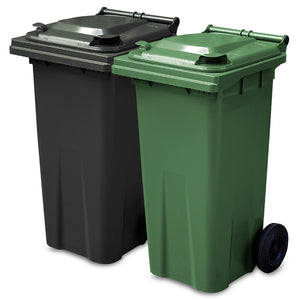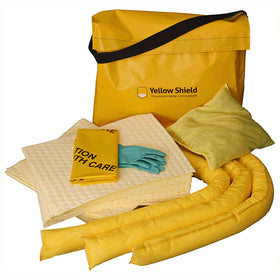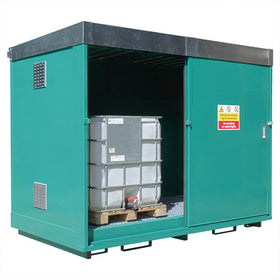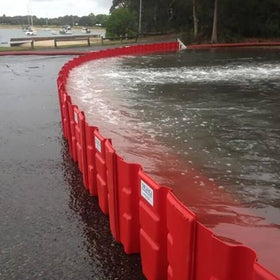Tank farm gas leak forces school closure
Chemical spills can have negative consequences on a quite a large scale and every measure should be taken to prevent them from occurring. Of course, accidents and emergencies do happen, so it is just as important to have procedures in place to deal with hazardous leaks.
For an idea of the negative effect even small spills can have, you need only look into recent news stories. For example, a recent spill in Alaska saw some 2,000 gallons of gasoline leak from a tank farm. The local village of Aniak at the site of the spill was forced to close its school and other buildings, including the post office, whilst three homes also had to be evacuated.
Experts arrived at the scene in order to facilitate spill control measures and to employ the use of a spill kit in order to address the leak. The concerns in this case were not just environmental, but also social, as the village had to deal with the temporary loss of certain vital amenities.
Earlier this year, Aniak fell victim to a separate leak from another tank farm that saw around 7,000 gallons of aircraft fuel require spill control.




